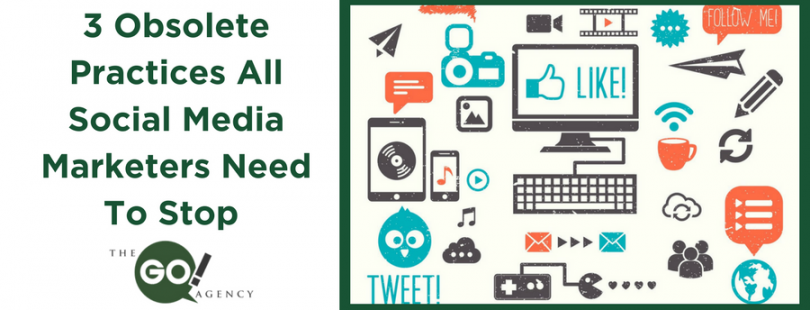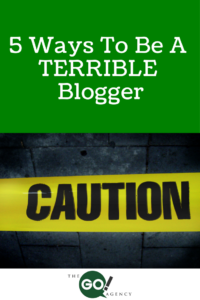Contrary to popular belief, more goes into writing a blog than banging on a keyboard for 45 minutes every couple of days. It’s a lot of work and effort, but these are mandatory sacrifices for having a quality blog that your audience enjoys!
I’ve never been a fan of vague advice, so I’m going to walk you through the specific things and people you’ll need to have a great blog. Let’s get started!
1. Research
Nobody is interested in your surface-level analysis. If you’re not doing real research on your topic, then your audience has probably heard the same tired take a thousand times before. Really dive in! That extra effort will pay off when you’re able to offer nuanced perspectives that are actually valuable to your audience!
It’s also going to save you time in the long run since it’ll be easier to write once you have a lot of ideas floating around in your head. You can’t bleed a stone, and you can’t write a blog if you don’t have a comprehensive understanding of the topic!
2. Edit
When you’ve gotten the first draft of the blog written, it’s tempting to breathe a sigh of relief and step away from the keyboard. And that’s fine, provided you come back to the draft with a critical eye. No matter how well-written or well-researched you think the blog is, there are certainly going to be edits that need to be made.
I always suggest giving yourself a minute to breathe then going back and editing the draft yourself. Consider whether or not the information is presented in the most logical order, make sure there aren’t any awkward sentences, and overall just polish it as much as you can.
Then hand it over to an editor.
No matter how well you think you’ve edited your draft, I promise you you’ve missed something. And it’s not your fault! You wrote the draft, so it’s naturally harder to notice issues because your brain fills in the gaps that you might have forgotten to write down. Having another editor ensures that the blog makes sense to more people than just you, so I’d strongly advise you to never publish anything that hasn’t gone through editing (preferably multiple rounds)!
3. Visuals
A good blog goes beyond just having great text. Without visuals, your blog isn’t going to be half as appealing. After all, who’s inspired to learn more by a wall of text? Nobody! I recommend having at least one image at the top of each blog post; something related to the topic that clues your reader into what you’ll be talking about while making the page more aesthetically pleasing.
If you plan on sharing your blog on social media (which you absolutely should), you’ll need visuals to accompany the post! Plain text is less likely to get clicks, so having an accompanying visual for your post is key to getting people reading your blog.
Where do you find these images? There are several free sites with stock photos, and some of my favorites are Pixabay, Unsplash, and Pexels. These are all great resources for finding visuals, but if you want to make them unique to your brand, they’re going to need some editing. I highly recommend that you delegate that task to a graphic designer who will be able to match your brand’s style!
Blog Away
Creating a blog is a pretty big deal, but now you know everything you need to be successful with it. If you want your audience to take you seriously, a blog is a must-have. Use this advice to make sure your new blog is successful and adds value for both your business and your audience!
Do you still have questions about how you can get a blog up and running? Schedule your consultation with The Go! Agency and we’ll talk about it!
Read More














